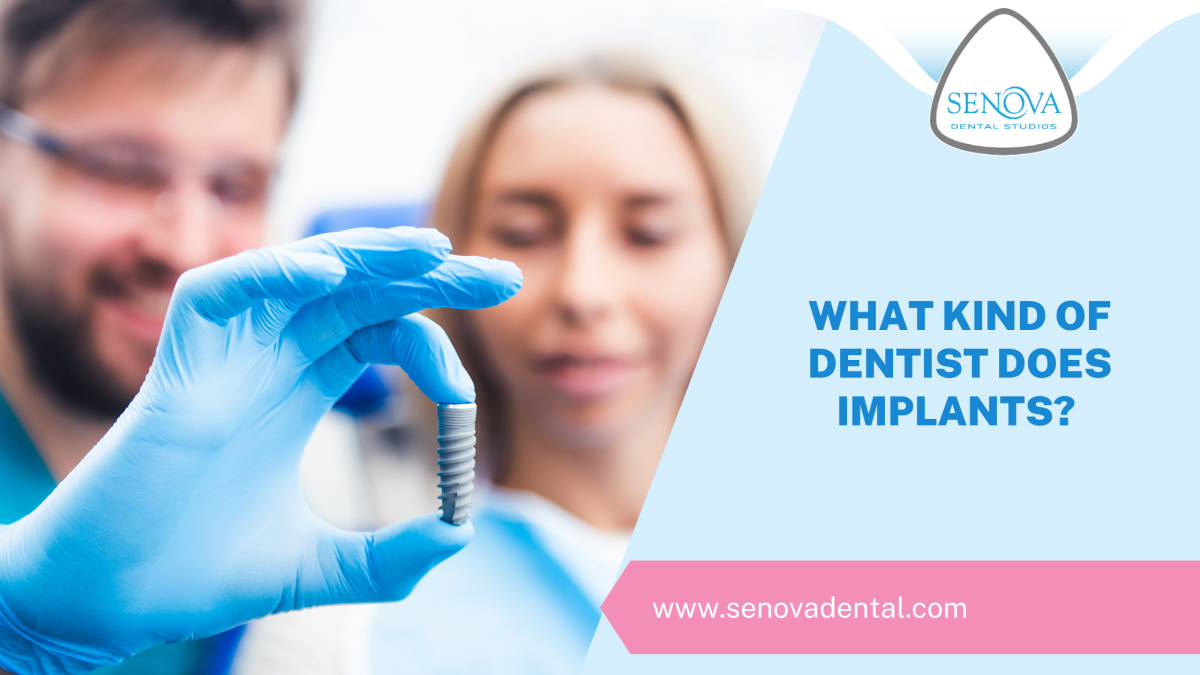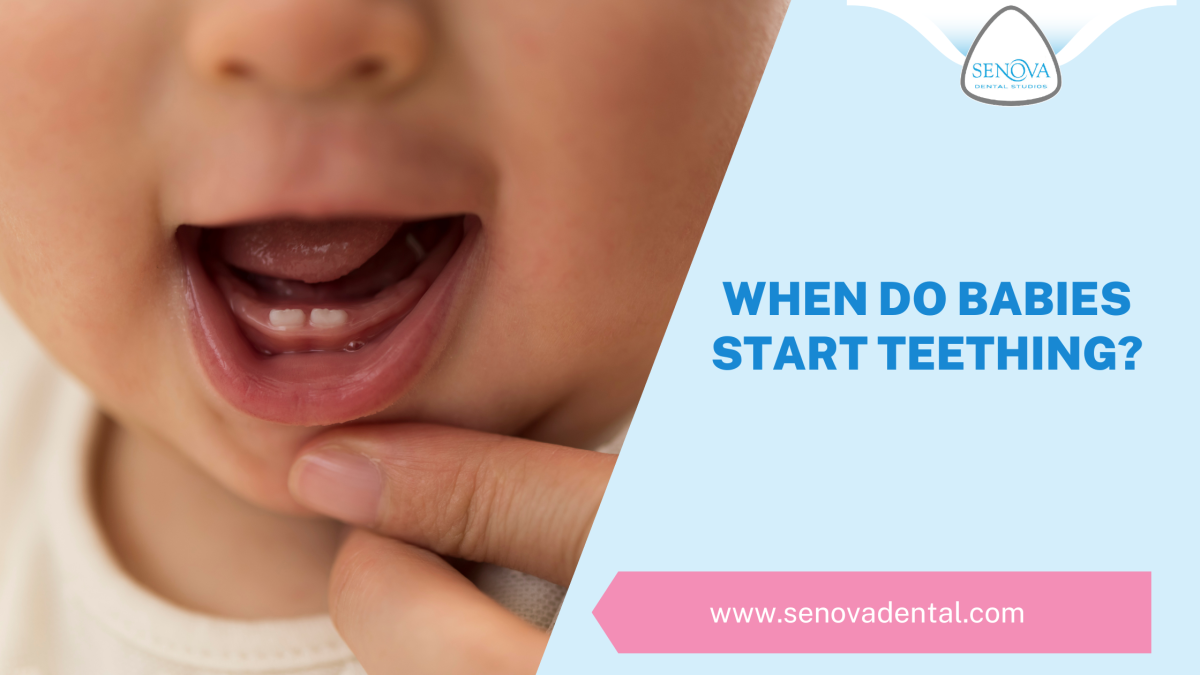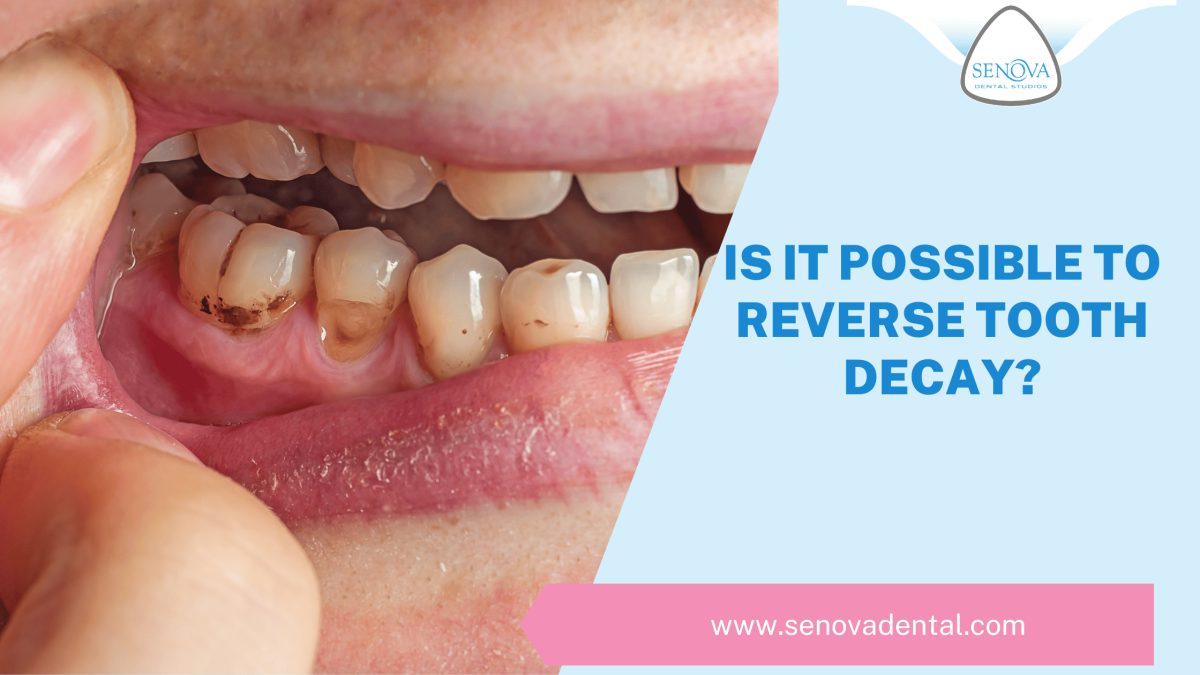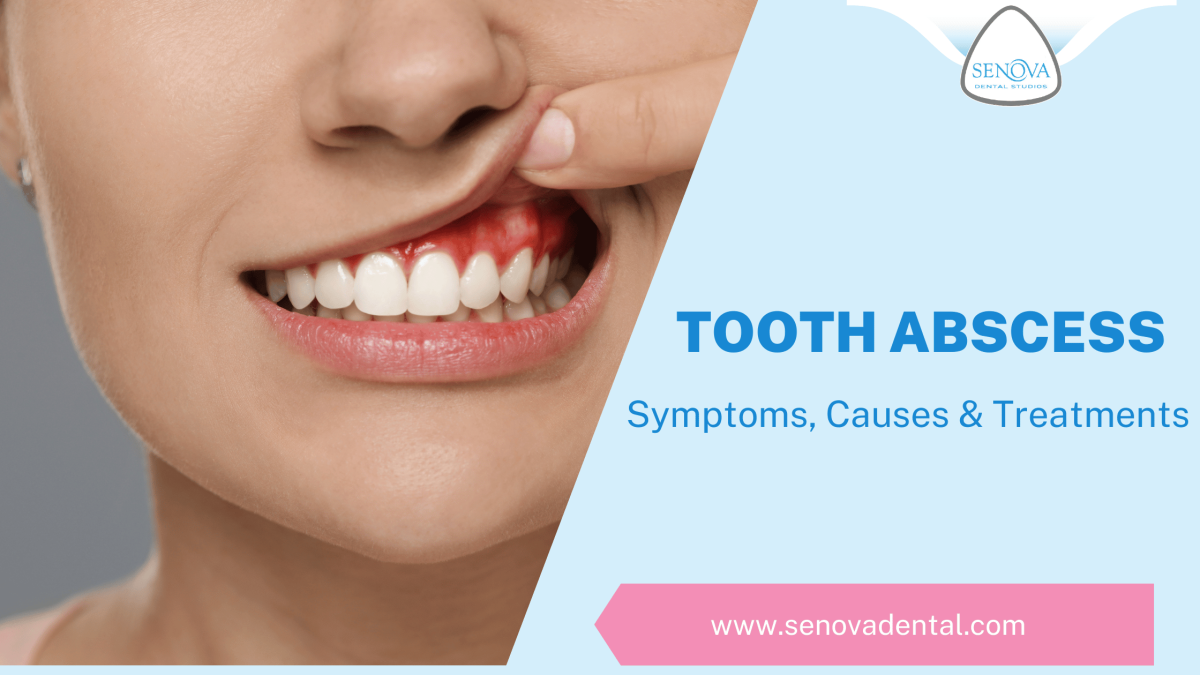 Sometimes when we think about dental health it’s a good idea to consider exactly what teeth are made of, this allows us to understand more about how our dental health is impacted by our habits and what we eat.
Sometimes when we think about dental health it’s a good idea to consider exactly what teeth are made of, this allows us to understand more about how our dental health is impacted by our habits and what we eat.
We going to break this blog post down into two sections, firstly we will look at the basic biology and an anatomy of the tooth, in the second section we will then look at how this anatomy can be compromised and what you can do to look after it.
The basic anatomy of a human tooth
A Tooth Diagram – showing all aspects of the tooth
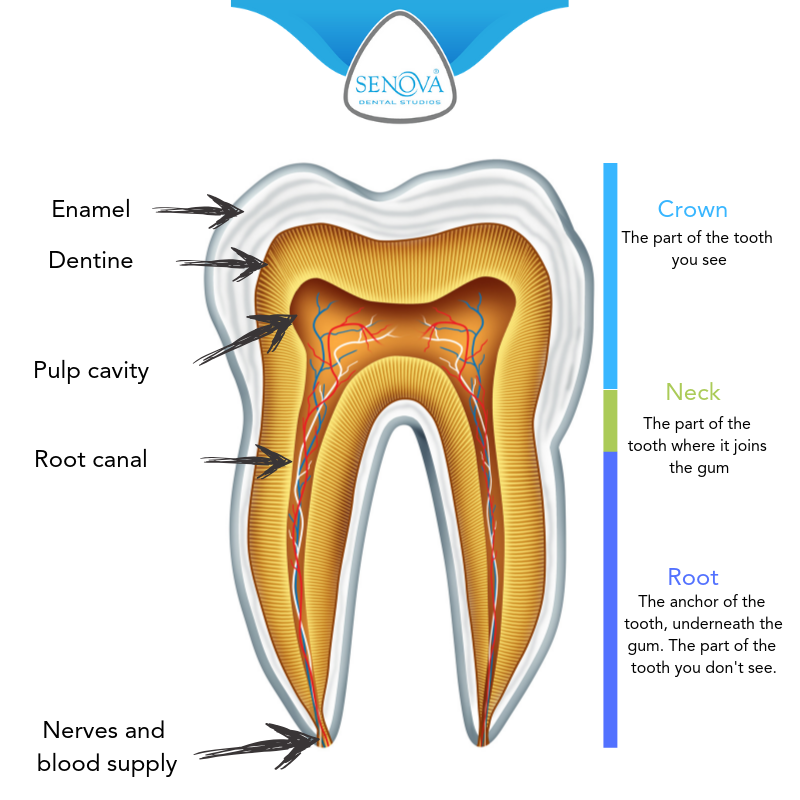
What are human teeth made of?
A tooth consists of three parts:
- The crown. This is the part above the gum which you see.
- The neck. This is the section of the tooth where the crown meets the root.
- The root. This is the section of the tooth which anchors it into the bone and it is not normally seen.
Within these three parts there are principally three biological sections:
- The enamel. This is the hard outer layer of the tooth, it is the hardest substance in the human body. It protects the tooth and is 96% hydroxyapatite mineral, this is a crystalline form of calcium phosphate. The remaining 4% is made up of organic material and water. This highly mineralised content gives the enamel its characteristic quite/translucent appearance.
- The dentine. This is a slightly softer in part of the tooth surrounding the sensitive root canal which contains the nerve the blood supply. The dentine consists of 45% hydroxyapatite mineral with 33% organic material and 22% water. The organic material gives the dentine slightly yellow colour.
- The blood vessels and nerves. These are the living tissues in the tooth and feed the it keeping it alive, they also provide proprioception to your brain so that you can feel what is going on. The blood vessels are held in the dental pulp.
The whole tooth is held in place by a soft cushioning mechanism called a periodontal ligament.
Are teeth made of bone?
No. In contrast to teeth which are made up primarily of the mineral hydroxyapatite, bone is mostly made of collagen and is a living growing test you. Collagen is a protein which gives the soft framework to the bone whilst calcium phosphate is the mineral which provides additional strength to this softer framework. It is the combination of collagen and calcium which provide the strength and flexibility of bones.
The uses of each type of tooth
The 32 teeth in your mouth are broadly broken down into 2 areas:
- Incisive biting, for example biting into an apple.
- Chewing and grinding.
The sharper and more knife like teeth are towards the front of the mouth, as we move towards the back of the mouth, where we are able to get far more pressure on them from grinding, they become larger so that we can distribute the pressure over a larger surface area, thereby making them more efficient. Back teeth also have much larger groups enabling us to put larger amounts of pressure to grind our food.
Right at the back of our mouth we have wisdom teeth, in modern-day humans these seem to cause many problems, often being impacted. It is for this reason that wisdom teeth are often removed.
There doesn’t seem to be any evidence to suggest that our more pointed canines are there to tear meet. In actual fact they are more likely to be a throwback to our ancestors millions of years ago.
Looking after the anatomy of a tooth
Why do I have black lines on my teeth?
Black lines on teeth have a few different causes:
- Poor oral hygiene. If the natural anatomy of your tooth has lines and bridges then these can fill with plaque, if this is not cleaned off regularly then it can become dark, particularly if you have habits such as eating very strongly coloured foods or smoking.
- The tooth dying. If the tooth dies then the blood supply is reduced and the tooth have a tendency to go black.
- Root canal treatment. A root canal treatment can sometimes cause the tooth to look darker than it did originally, this is because the blood supply will have been removed from inside the tooth.
- An old dental crown. Some dental crowns have metal inside them, towards the gum line this can begin to look black as the gum recedes during the natural ageing process.
What are the best way to take care of your teeth?
Taking care of your teeth is actually relatively simple, just follow this simple advice:
- Clean your teeth twice per day (morning and evening).
- For adults use a pea sized amount of fluoride toothpaste.
- Clean in between your teeth once per day using either dental floss or an interdental brush or stick.
- Use a fluoride mouthwash after meals and never directly after cleaning your teeth. Mouthwash contains less fluoride and toothpaste, if you brush your teeth and then use mouthwash you will actually rinse off some of the helpful fluoride.
- Visit your dentist regularly. Your dentist is able to spot the very early warning signs of any dental disease, such as softening of the enamel in the pits and fissures of your teeth. You won’t be open to spot this yourself and if you leave these areas then decay can develop.
- Visit your hygienist regularly. Your dental hygienist will be able to clean your teeth on a regular basis and evaluate your own oral hygiene routine, making suggestions about how you could clean your teeth better.
Why do humans have carnivorous teeth?
In actual fact we don’t. Canines are usually considered the carnivorous teeth, yet some of the largest canines in the animal kingdom along to herbivores… Gorillas and hippopotami both have extremely large canines and yet are both herbivores. Canines are usually used in the animal kingdom for fighting and it’s probably this fact which means that modern-day humans still have slightly more pointed teeth as a throwback to our ancestors. Long canines have also been shown to be used by gorrillas as a display to fend off other gorillas… Something which humans don’t really need to do any more!
What chemical element make up teeth?
A tooth is broken down into many parts, each have a unique composition:
- The enamel in a is the hardest part of the tooth, it is made of an extremely hard mineral called calcium phosphate. The enamel is relatively clear although it does have a slightly blue/grey tint.
- The dentine is a slightly softer layer underneath the enamel, This is the part of the tooth which gives it the most colour. the dentine is 45% mineral hydroxylapetite, 33% is organic material and the remaining 22% is water. The dentine is not as little as the enamel due to the reduced amount of mineralised content.
- The pulp is the inner part of the tooth, it is extremely soft and provides the living section of the tooth carrying the blood vessels.
How does one stop and reverse the process of tooth decay?
The process of tooth decay can only be reversed or stopped by removing the decay altogether and then filling the void with a hard wearing filling material. If you have tooth decay it is unfortunately not possible to reverse it at home as it will need to be removed and filled.
The best thing you can do at home is to prevent the tooth decay in the first place by following good oral hygiene routine.
- What Kind Of Dentist Does Implants? - December 1, 2024
- When Do Babies Start Teething? - October 26, 2024
- Is It Possible To Reverse Tooth Decay? - September 29, 2024

